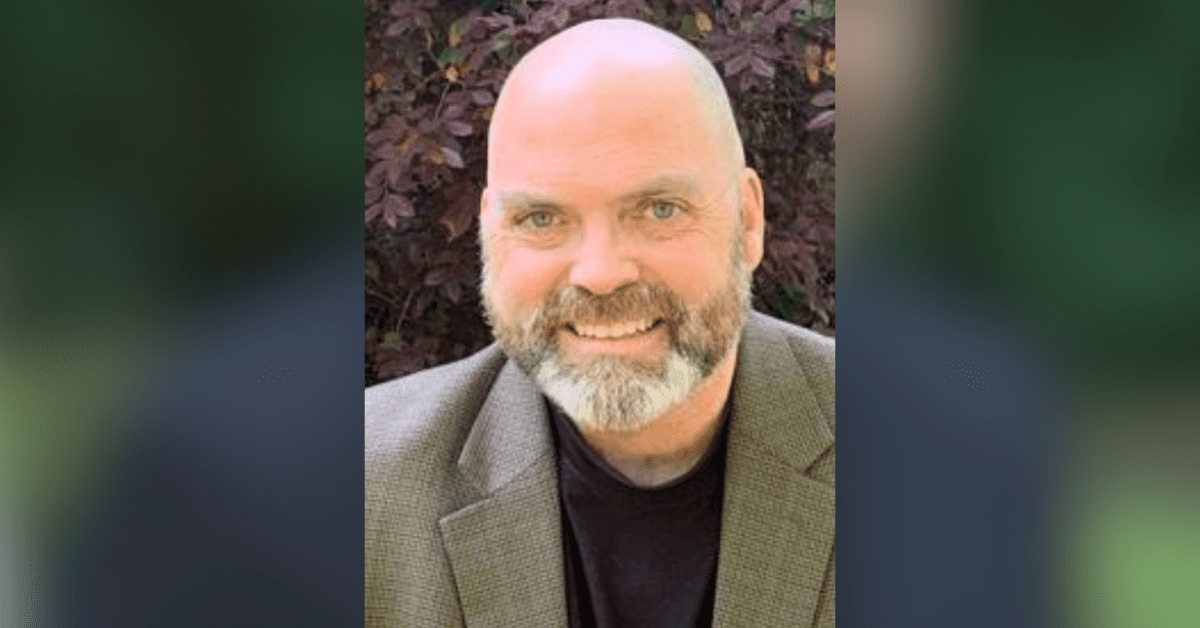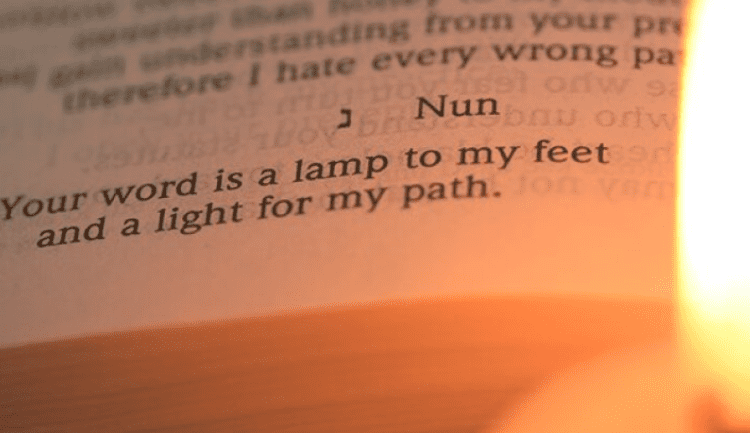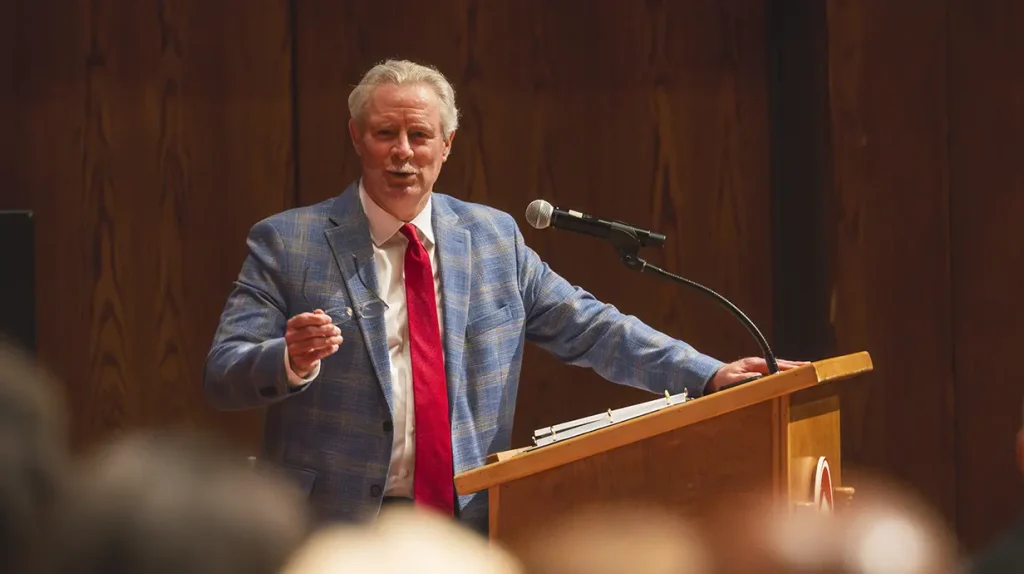
- Matt Friedeman encourages the church to meet needs in the community and change a little corner of the world.
Hey, old-timers!
Remember life on your lazy street in small-town Mississippi, where your parents and grandparents sat on the veranda, sipped lemonade, and watched the kids play games on the front lawns and in the middle of the street? Occasionally someone would free themselves from their own porch to come talk with your family, and everyone would tell stories and laugh for a few hours. Then it was time to head inside, rest, and get ready for the next day’s work.
There was community back then, even on weeknights. Everyone might saunter over to the ballgame being played a few blocks away or to the town swimming pool to watch the grandkids show off. You might pick up the neighbors and go for a drive to see how the crops were doing. Spending time with others was the norm, and treating neighbors like family was simply how life was lived. That went well beyond conversation. People watched out for each other. Needs were met. Hardships were shared.
And then…air conditioning took a foothold. Soon enough, TV. And then, voilà, community hit the skids. Not absolutely, of course, but it was significantly impacted. We exchanged the front porch for our new and mesmerizing heroes – Lucy, Andy and Barney, and Jackie Gleason.
One of the most haunting and dismaying articles I have ever read was by Linda Ellerbee, titled “When Television Ate My Best Friend.” It was a reminiscence of Ellerbee’s best friend Lucy, who loved to play outside, run in the sprinklers, and dream of flying from a rope swing to the skies. But then, laments Ellerbee,
Lucy’s mother hollered for her to come home right this minute and see what her daddy had brought them….When at last Lucy sashayed to her front door, she turned back to me and, with a grin, gave me the thumbs-up sign used by pilots everywhere. Awright. So we’d fly tomorrow instead….On her way in the house, she slammed the screen door. BANG! In my memory, I’ve listened to that screen door shut behind my best friend a thousand times. It was the last time I played with her.
A TV gobbled her first best friend slap up.
That’s what TVs and air conditioning did. And community, conceptually, took a debilitating hit.
The damage has only deepened in the last few years, as other screens have become ubiquitous – computers, internet, iPhones, gaming. The addictive nature of these pastimes was always understood, sometimes in strange ways. A Facebook Senior Executive, knowing full well what the creators of the social network had envisioned, said that “There’s no screen time forever for my children.” Steve Jobs was asked how his children like their new iPads. “They haven’t used it,” he said. “We limit how much technology our kids use at home.”
All of this came to mind recently when I ran across a podcast with Robert Putnam, author of Bowling Alone. Imagine that: bowling alone. But he contends that lots of people do. When I expressed doubt about that happening, a good friend admitted that, yes, she did indeed bowl alone…often.
Putnam’s book addresses the decline of social capital – community – and how it might be reclaimed. Church, of course, is part of his discussion, including diminished attendance in this institution that was once central to public life, particularly in the South. In 2000, 45% of U.S. adults surveyed fit the criteria for practicing Christians: that is, they self-identify as Christians and attend church at least monthly. Today, the number sits at 20 percent. Freefall.
Putnam comments in the podcast, “Precisely what brings you into communion with the church is not sitting—no matter how good the sermon is—it’s not sitting in an auditorium with 3,000 people. It’s connecting with other co-believers in a small group.”
I think I would take that one step further; what brings real community is not merely sitting around together in a Sunday School class or a study group but also finding with that group a mission in your community: leading worship services in the local nursing home, preaching in the prison, volunteering at the Crisis Pregnancy Center, starting a Bible club at the nearby public school. This type of engagement is the stuff of community, and it should it matter to us. It’s how Jesus formed community with his motley band of disciples a few millenia ago – they learned from and ministered with him. Meeting together is one thing; working together for a righteous cause take the group to a whole new level spiritually..
My students hear this more than they would like: “If you make disciples by sitting around and talking, don’t be surprised if your disciples sit around and talk.” And there is a whole lot more to genuine Christianity than yammering on.
Intentionality is the only way to repair damaged community. It’s important to gather as a church, of course. Then, together, meet needs in the community and change a little corner of the world. That, right there, is the abundant life of community God intends for us.







